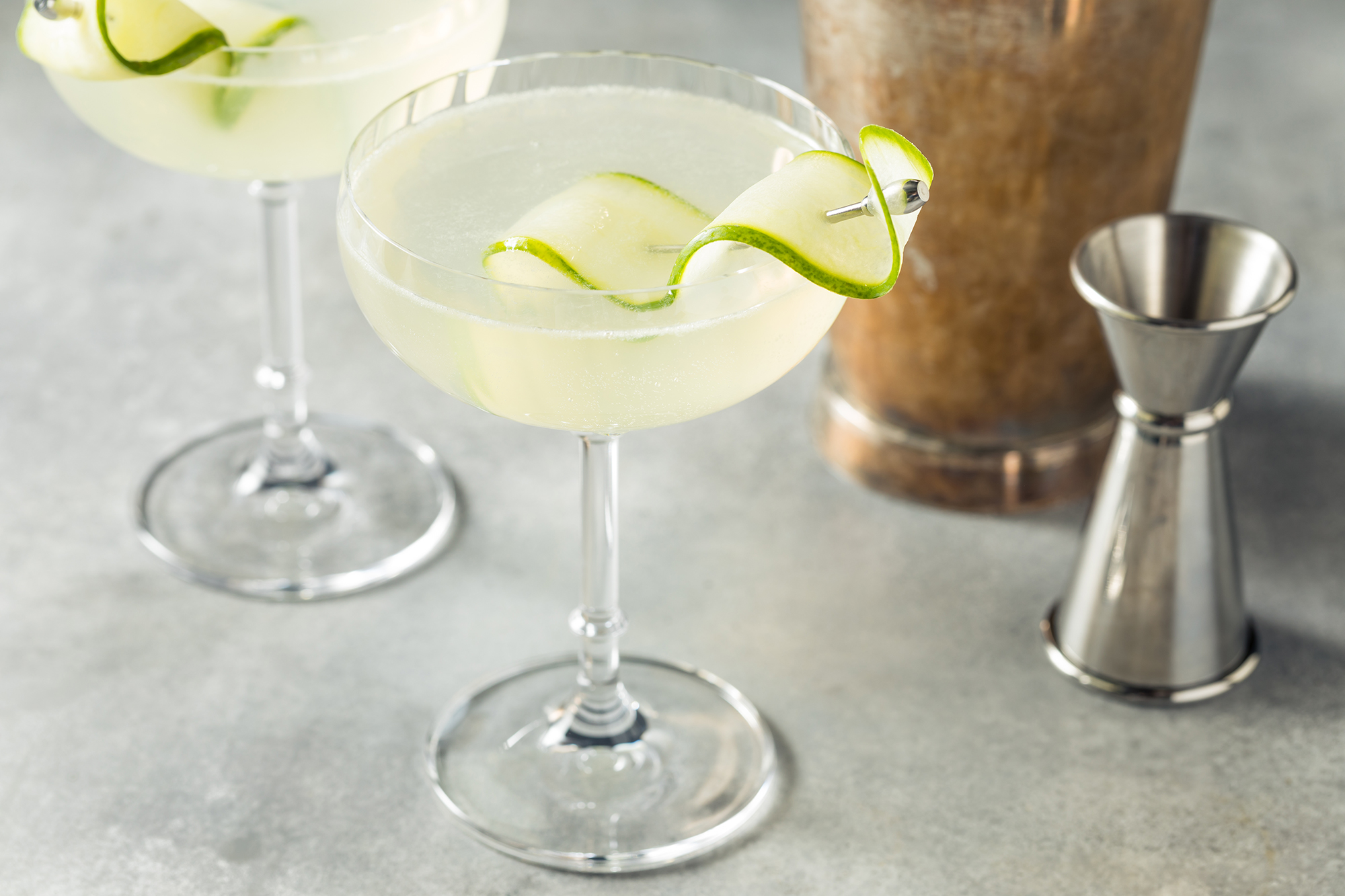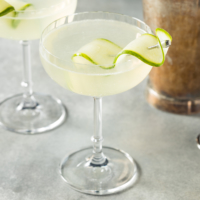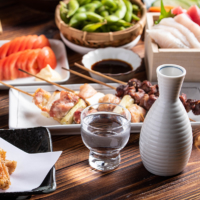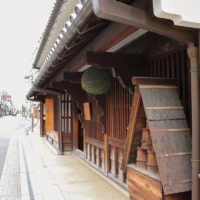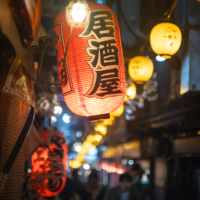Rice is the raw material from which Japan’s national drink is made, and autumn is the season for harvesting the year’s crop. Following the harvest, October is when sake brewers traditionally start their work.
In 1978, the Japan Sake and Shochu Makers Association (JSS) designated Oct. 1 as World Sake Day to encourage a deeper understanding and love for rice wine.
With Japan’s application for traditional sake brewing to be included on UNESCO’s Intangible Cultural Heritage List under consideration this year, now is a great time to take a deeper dive into this millennia-old beverage.
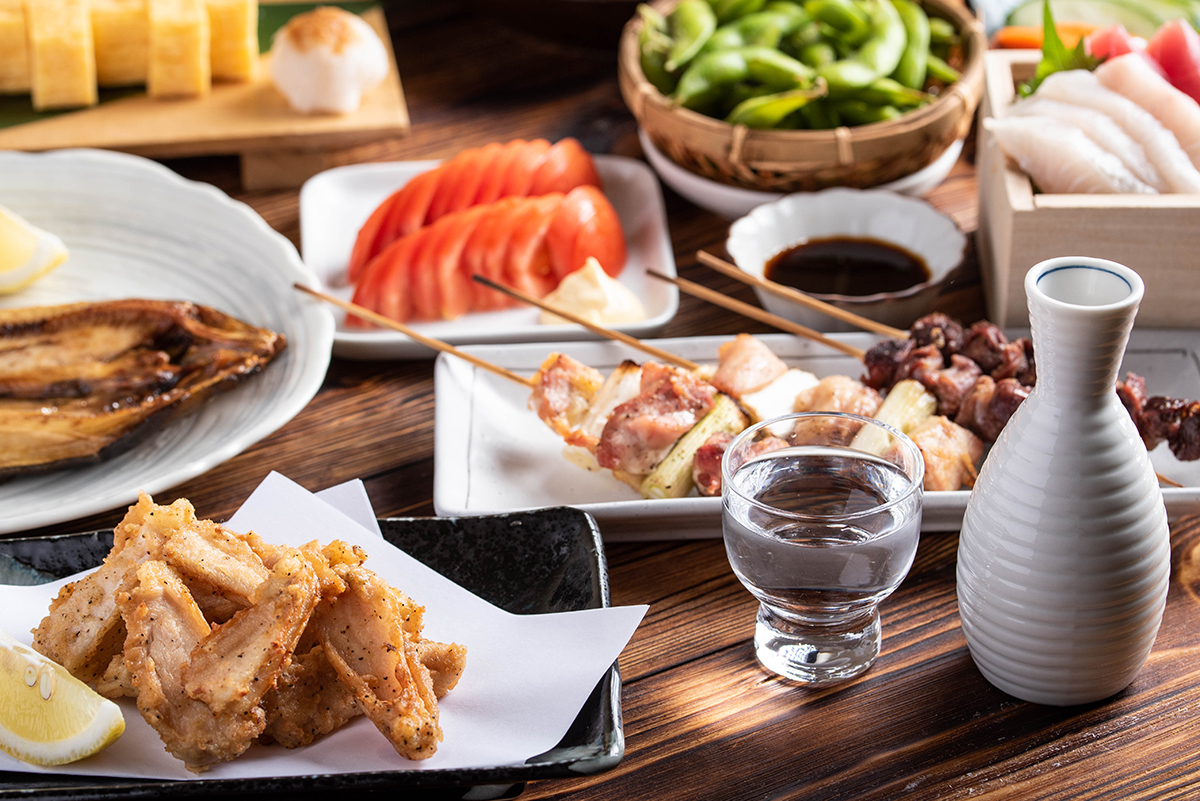
International market growing
After setting a record high in both volume and export sales value in 2022, sake shipments fell for the first time in 14 years in 2023, according to the Japan Sake Brewers Association. Value fell 13% while volume fell 19%. This is largely due to fewer sales in its two biggest markets, China and the United States, a global economic slowdown, post-COVID inventory adjustments and other factors.
However, last year also saw the continuation of the trending demand for tokuteimeishō-shu, a class of premium sakes that are higher in quality and price. According to the JSS, the average price paid for a 1-liter bottle of exported sake rose in 2023 in four of its five top markets, with the United States seeing an increase of 16.2% from 2022. In China, Singapore and Hong Kong this price exceeded ¥2,000. This is attributed the growing view of sake as a high-end product.
The international market for sake continues to grow, with the number of destination countries reaching a record of 75 as distributors and individual breweries actively pursue new markets.
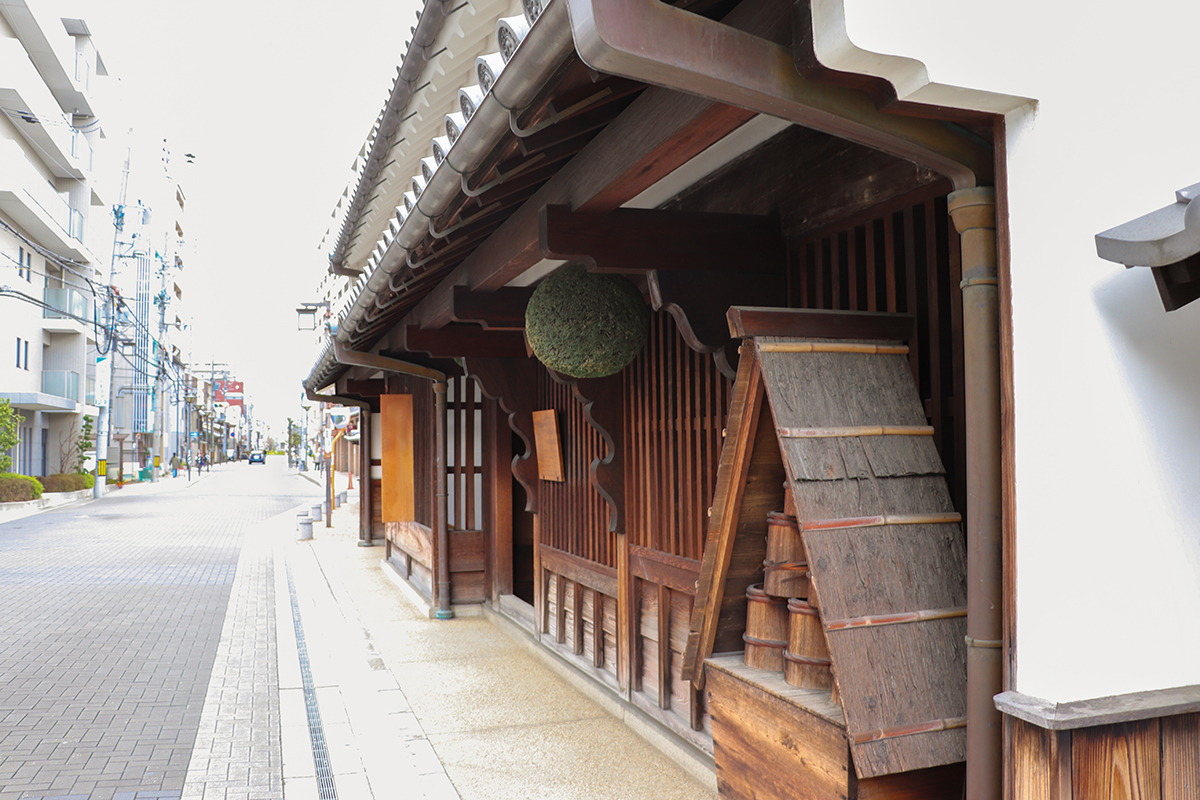
A current example of marketing premium quality sakes to markets that are still relatively new is demonstrated by Katoukichibee Shouten, an international award-winning 11th-generation sakagura (sake brewery) in Sabae, Fukui Prefecture, that exports high-quality sakes to around 100 countries.
One of its new offerings is the Born: Chogin Vintage — a velvety smooth sake with hints of tropical fruits that costs ¥1.1 million for a 720-milliliter bottle — that is intended to compete with the finest wines and whiskies. To introduce Born: Chogin Vintage, which is aged for at least 10 years at minus 10 C, they have held or plan to hold tasting events in Mumbai and Dubai, as well as New York City.
Makeover underway
For many years the perception of sake, especially in North America and Europe, has been that it’s a beverage strictly to be enjoyed with Japanese food or drunk for courage at karaoke bars. Although the ever-increasing popularity of Japanese cuisine has certainly helped the popularity of sake, the beverage is now seen as a good alternative to wine for all kinds of fine dining, not just on its own. Here again, one can see the shift toward premium over the basic or futsū-shu (regular sake) that dominated the market previously.
In the United Kingdom, for example, there are now wine merchants that are using the en primeur method, where premium sakes are offered for sale before they are bottled. This marketing method has traditionally been used to sell small batches of wine from France and Italy, and the fact that it is now being used for sake reflects a big shift in its perception, to a fine beverage that one collects and savors.
This shift can be seen in the number of sake bars as well as other venues where the customer can sample different varieties around Europe. In Spain, one of sake’s growing markets, sakerias (sake bars) are drawing customers and rave reviews. The sommelier at a sakeria carefully selects which type to go with the food offered, which is not necessarily Japanese.
Catering to younger tastes
The domestic market has also seen a shift toward sakes that are lower in alcohol, fruitier and more acidic. These new types are especially popular with newcomers, such as young people and women. At the height of its popularity in Japan, which peaked in 1973 with sales of around 1.7 million kiloliters, sake was mainly seen as a beverage for getting drunk on. Traditionally sake has around 15% alcohol, but there are newer types that go down to as much as 6%, turning this tipple into something to savor.
Sake is increasingly being seen as a beverage to pair with food, and not just washoku. The newer fruitier and more acidic sakes being offered by some breweries match well with rich foods such as meats and cheese. The Maen Sake Pairing Restaurant in the Hiroo district in Tokyo’s Shibuya Ward, for example, pairs its French cuisine with sake as both a beverage and an ingredient.
Craft sake, made by incorporating herbs and fruits during the fermentation process, has also been growing in popularity. These fragrant concoctions, made in small quantities, open a whole new world for connoisseurs. While the fragrances are new, the base is still sake, so they may offer a new entry point for newcomers to this beverage.
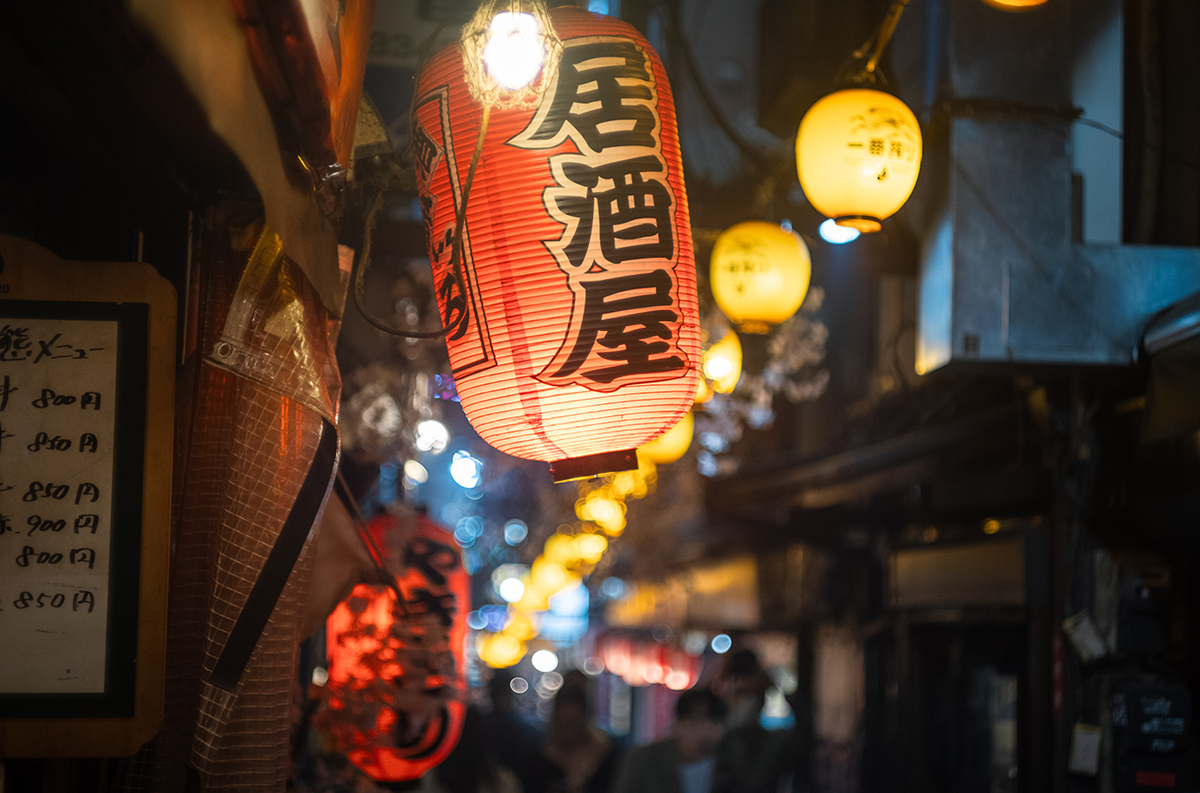
If you would like to explore the world of sake in Japan, there are a myriad of options.
One possibility — visiting one of the roughly 1,200 sakagura around the country, mostly in rural areas — is a good bet. There are tour companies that arrange such visits. If you are strapped for time or would rather try a variety instead of one brand, you have several options.Visiting an izakaya (traditional Japanese pub) that serves good food and sake as a matter of course is always a good choice, as is seeking out a fine dining establishment that offers such pairings with proper guidance. One such place in Tokyo is Fushikino, a restaurant that serves kaiseki ryori (traditional Japanese multicourse meals) set in quintessentially calm, austere surroundings in Shinjuku Ward’s Kagurazaka district.
Another option is to go to a sake bar, where several types and brands can be enjoyed in a convivial atmosphere.
Wherever or however you enjoy sake, from time-honored traditional versions to the newly developed styles, it is sure to open up a world of flavor sensations.



